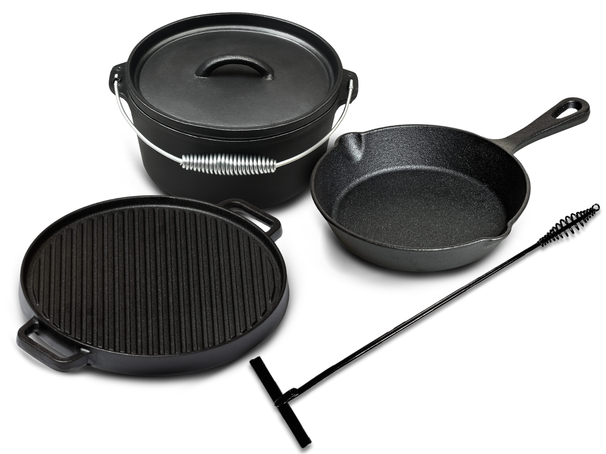The frying pan

The sauté pan

The material

The bottom

The dishes

Related howto's
Related products

Blackwell Casserole Cast Iron ø 20 cm - enamelled non-stick coating
Out of stock
€54,99
New

Cookinglife Casserole Cast Iron ø 24 cm
In stock
New

Blackwell Dutch Oven BBQ set Cast Iron - Casserole + Lifter, Frying Pan ø 20 cm & Grill Plate ø 30 cm - 4 Pieces
In stock

Blackwell Dutch Oven BBQ set Cast Iron - Casserole + Lifter, Frying Pan ø 20 cm & Sauce Pan 18 cm - 4 Pieces
Out of stock
€157,96

Demeyere sauté pan - Sauteuse - with lid Intense 5 - ⌀ 24 cm / 3.3 liters
In stock
€269,00

Demeyere sauté pan - Sauté pan - with lid Intense 5 - ⌀ 28 cm / 4 liters
Out of stock
€299,00

Demeyere sauté pan - Sauteuse - with lid Intense 5 - ⌀ 24 cm / 2.8 liters
Out of stock
€269,00

Demeyere sauté pan - Sauteuse - Industry 5 - ø 28 cm / 5.7 liters + lid
Out of stock
€285,00



